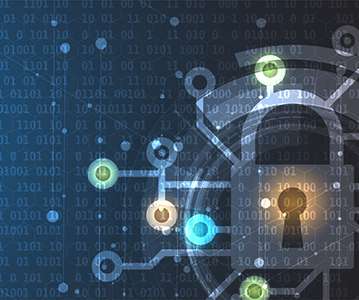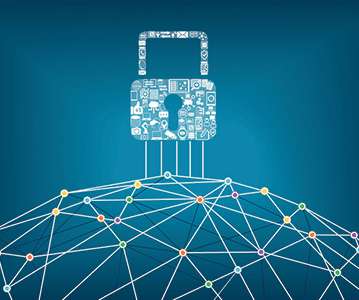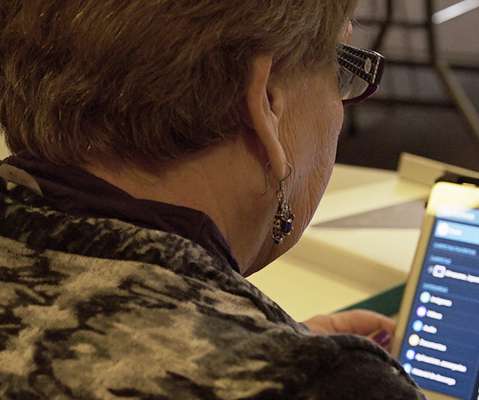5 Critical Guidelines for Student Data Privacy
edWeb.net
APRIL 23, 2022
More important, though, every piece of technology must adhere to the district’s student data privacy policies. Student data privacy is for all staff—no matter their role—and should happen multiple times a year. Finally, remember that training is resource intensive.



























Let's personalize your content